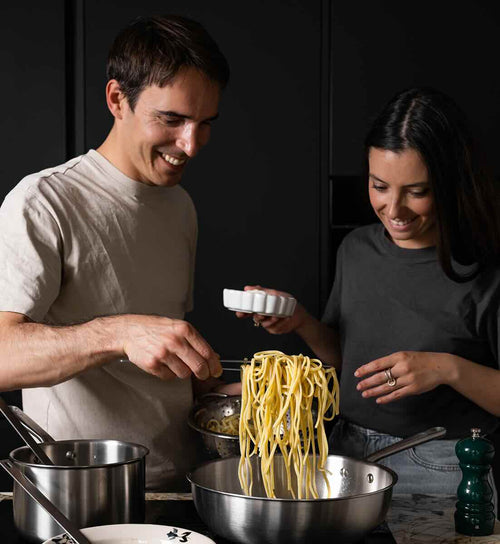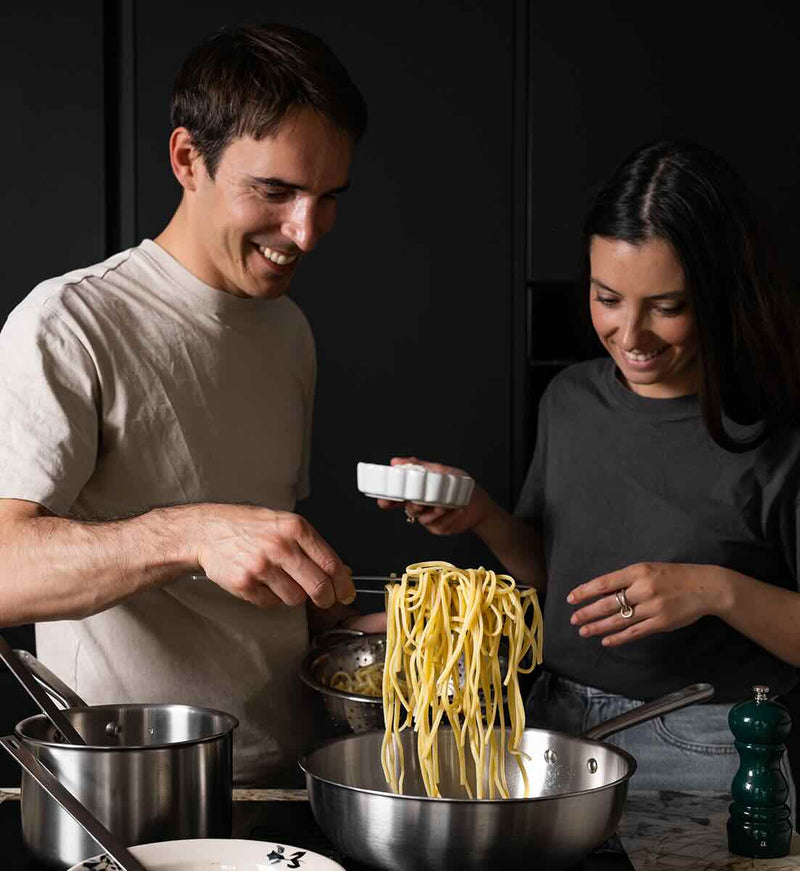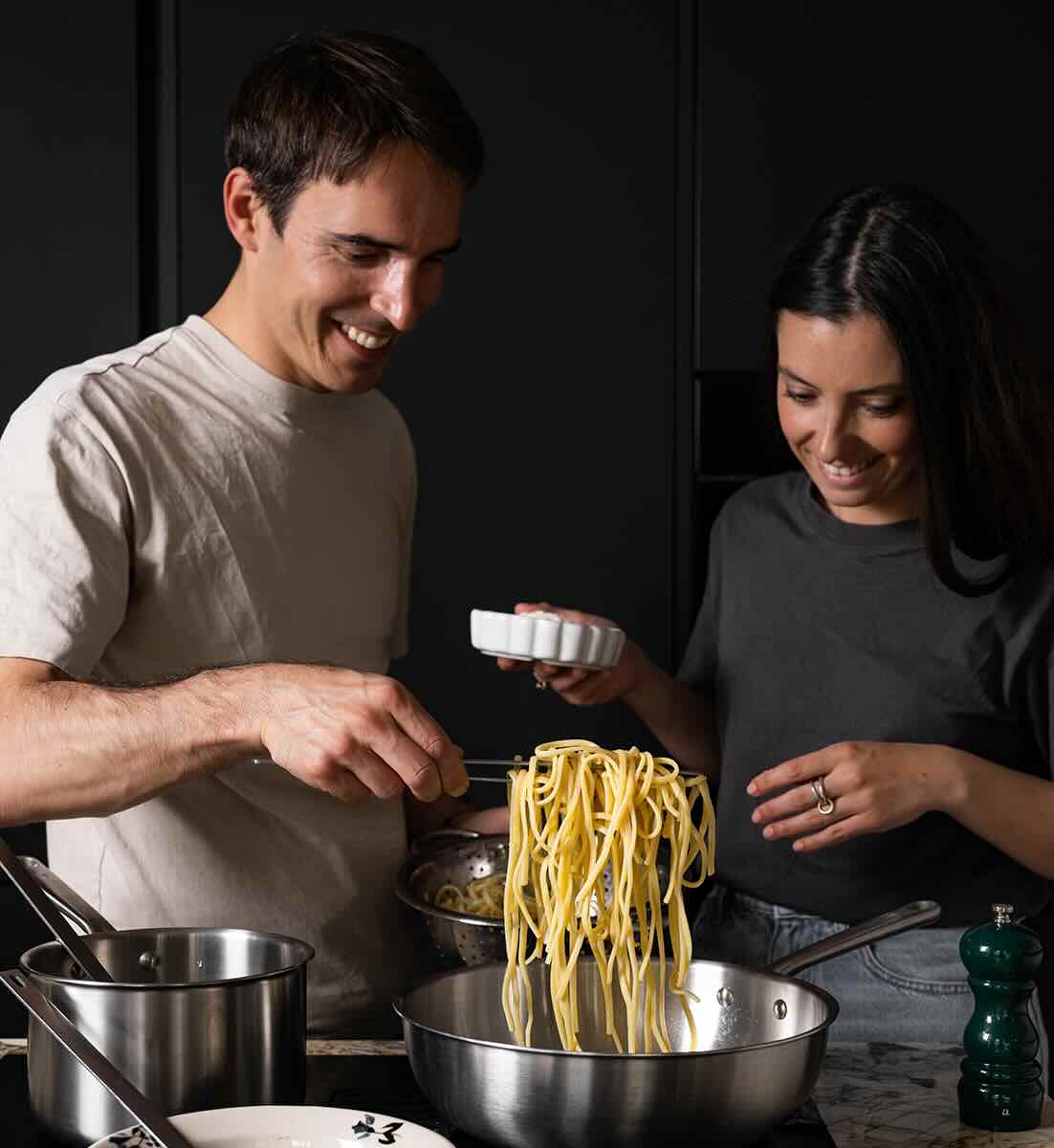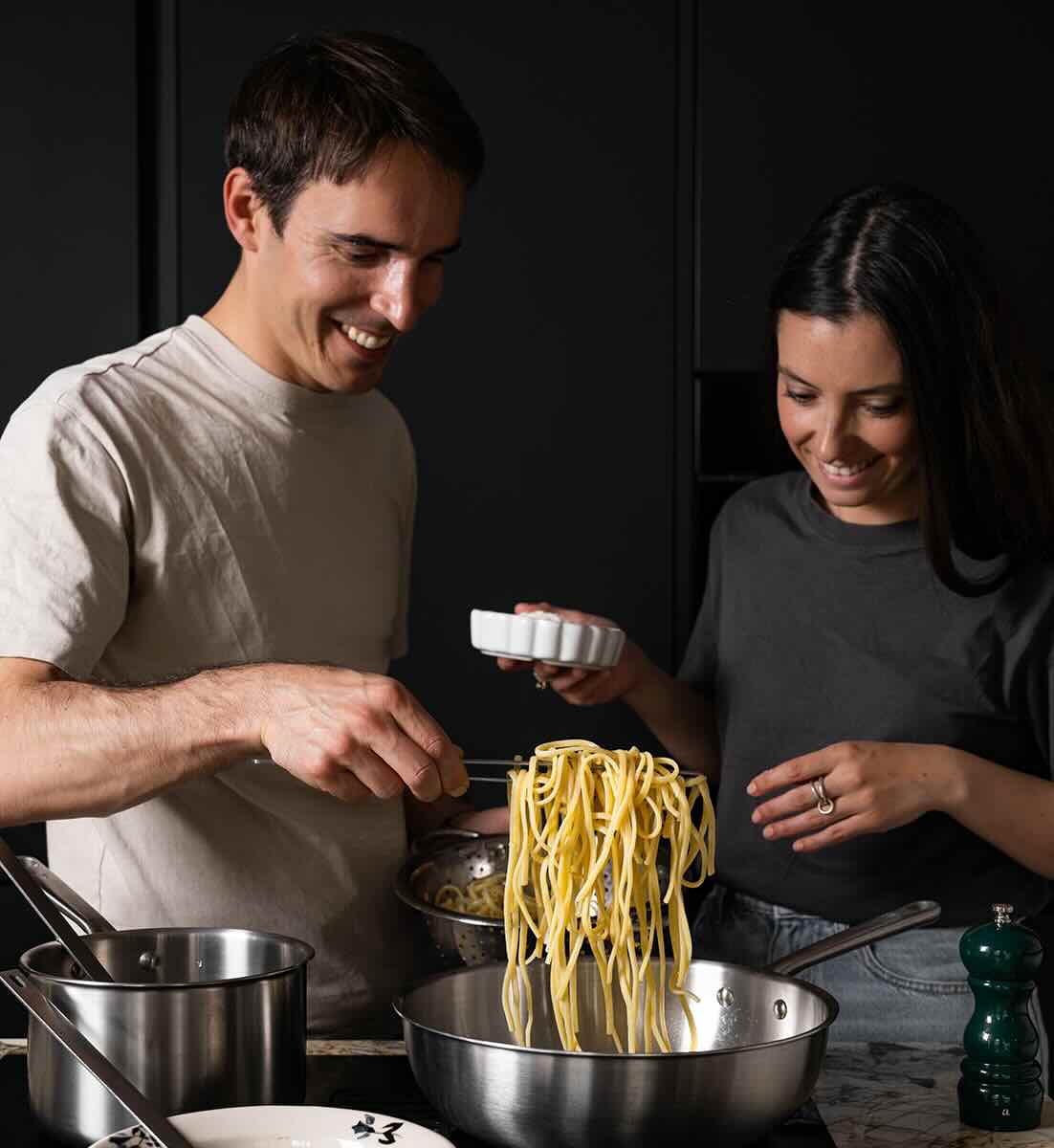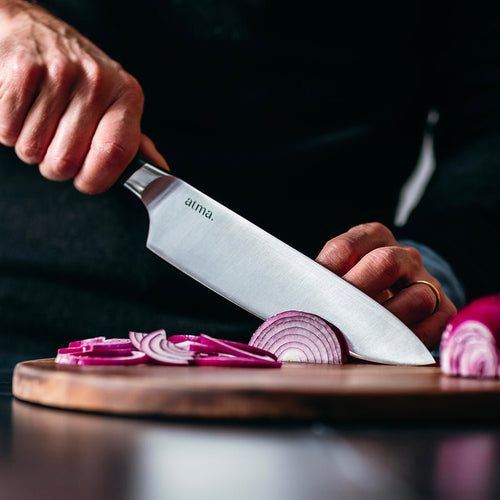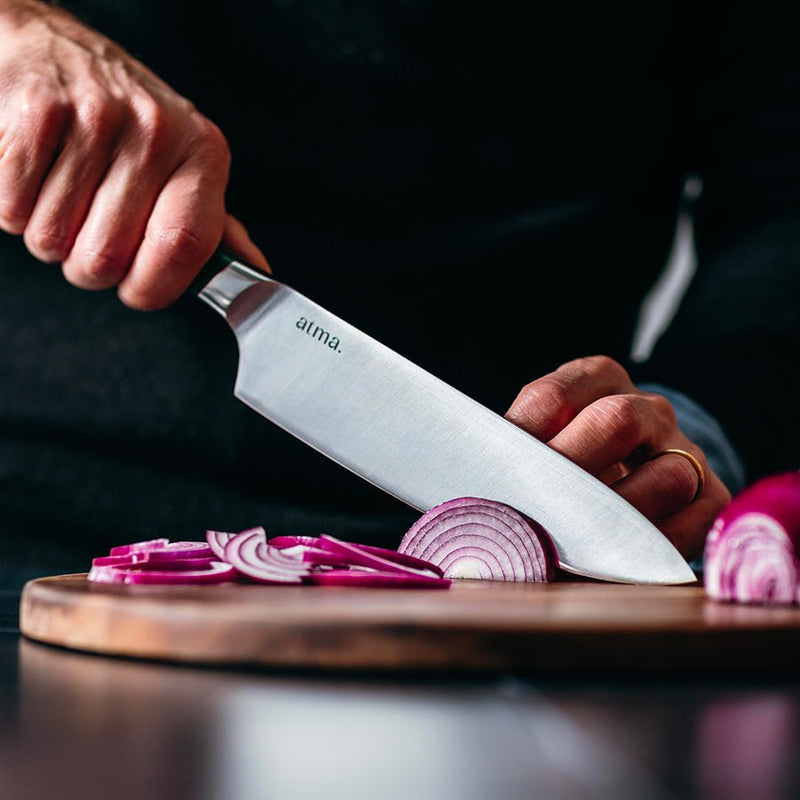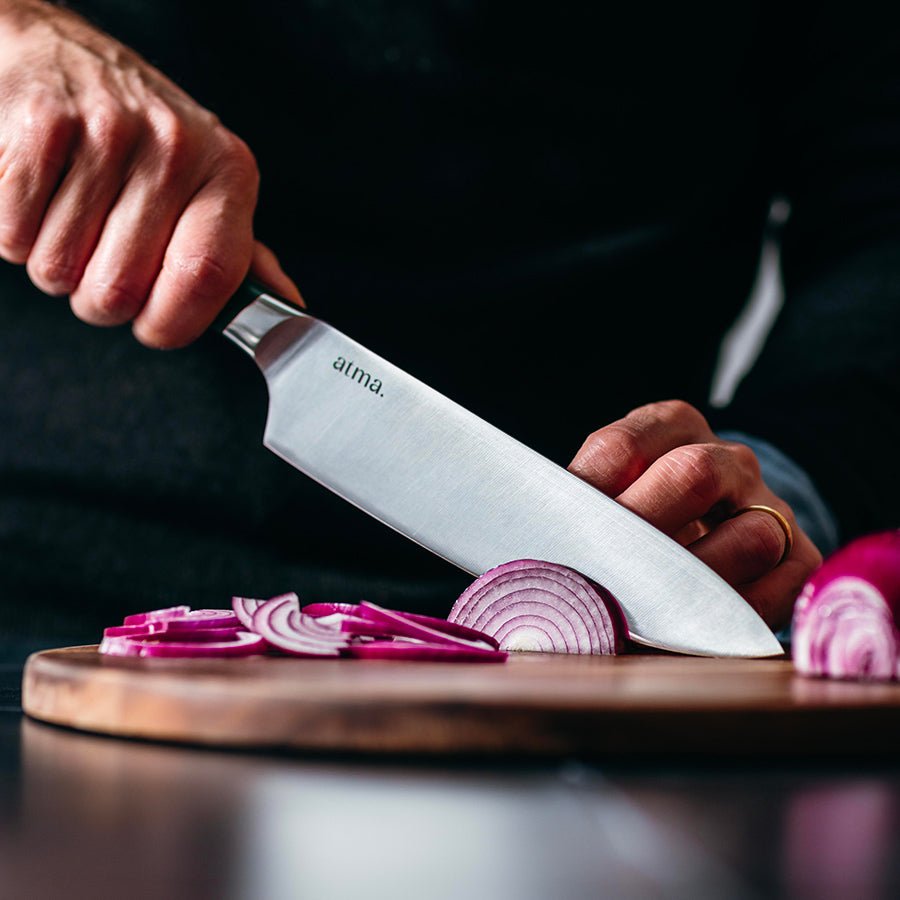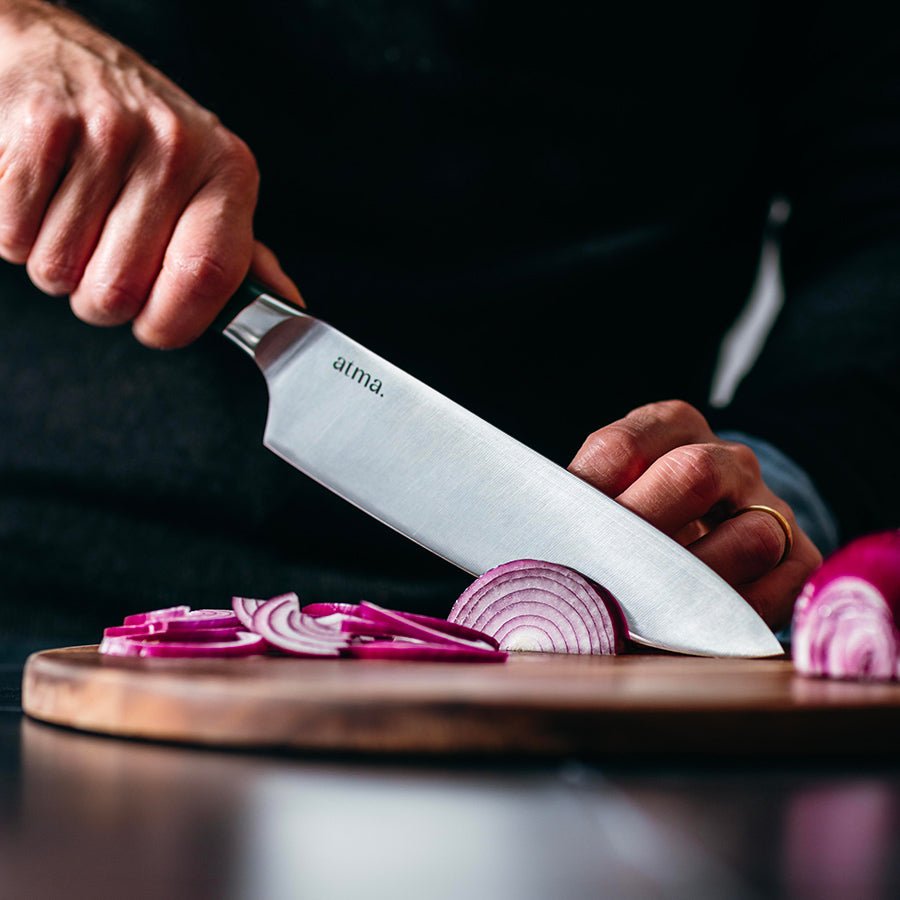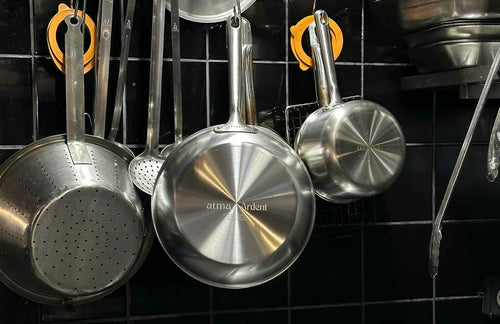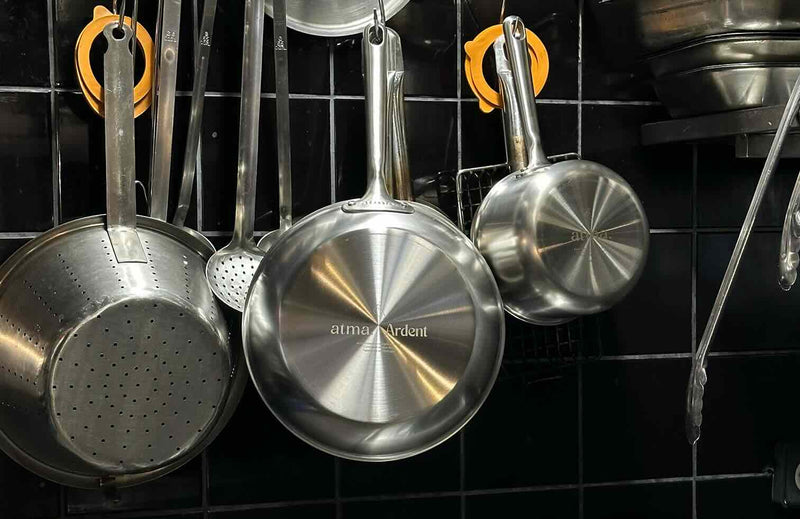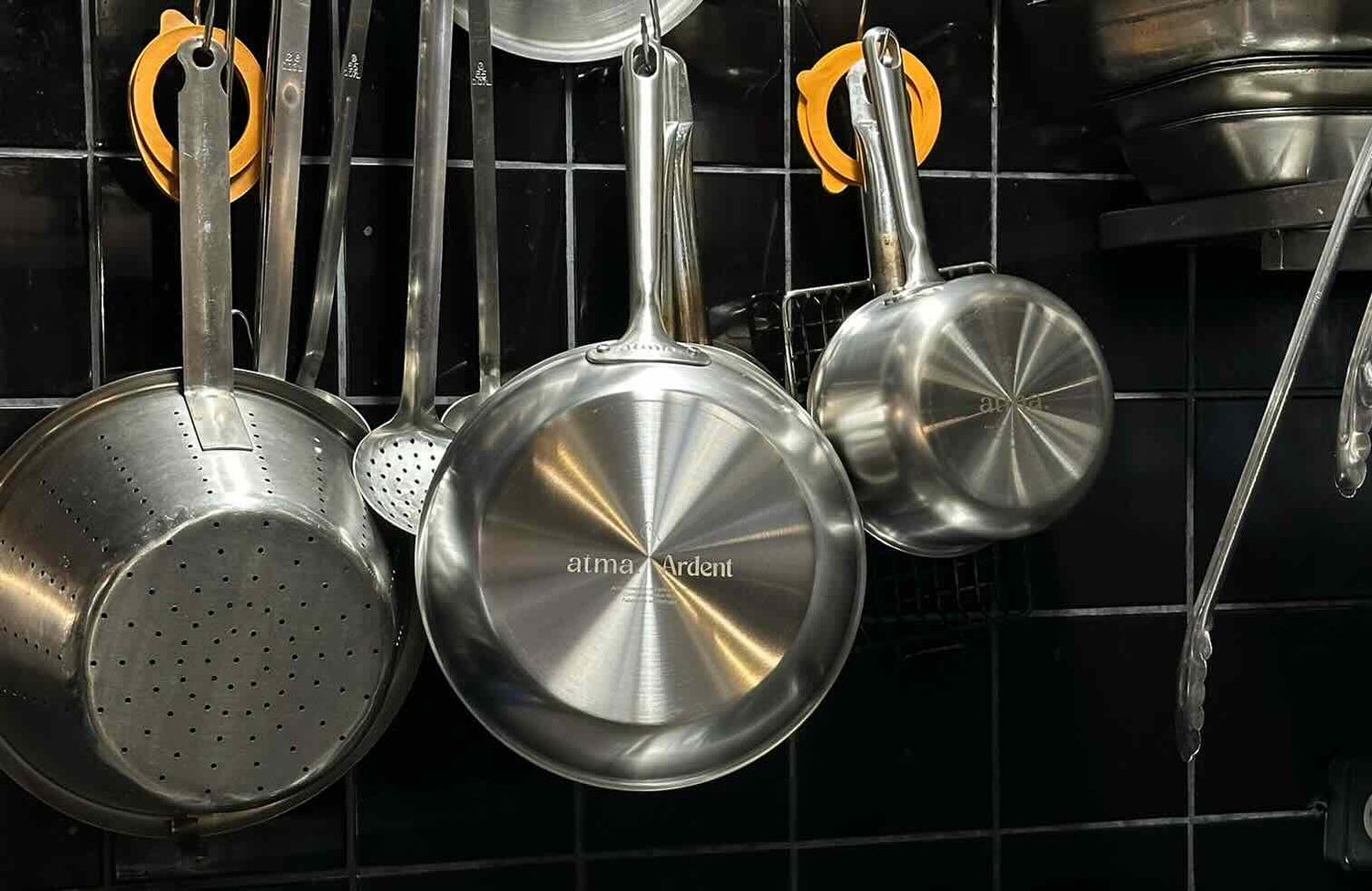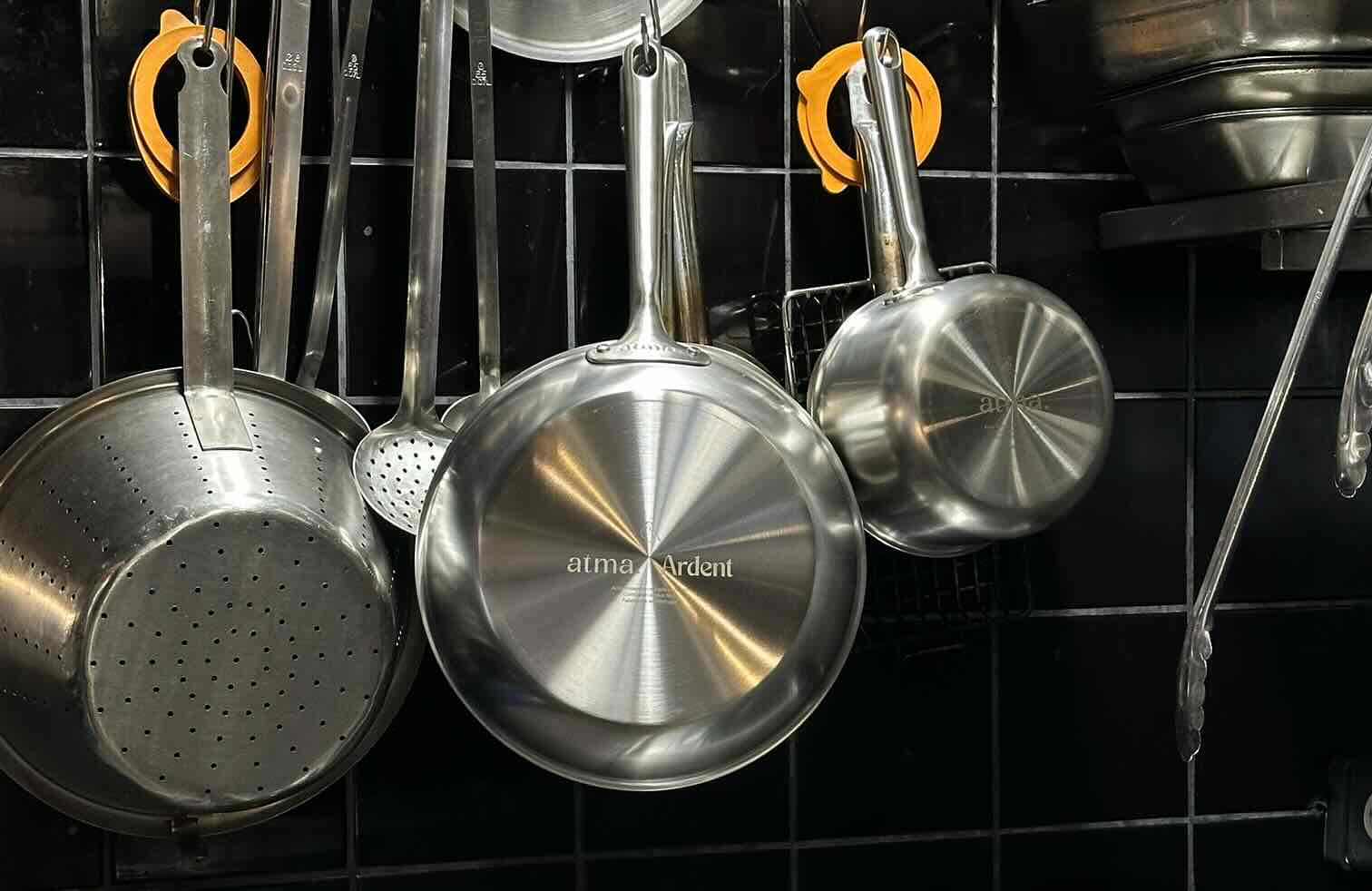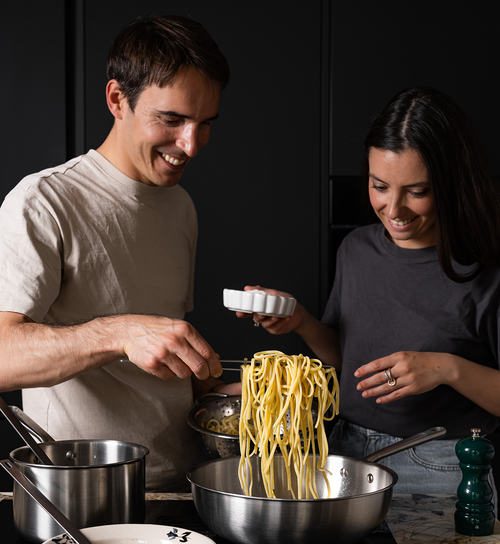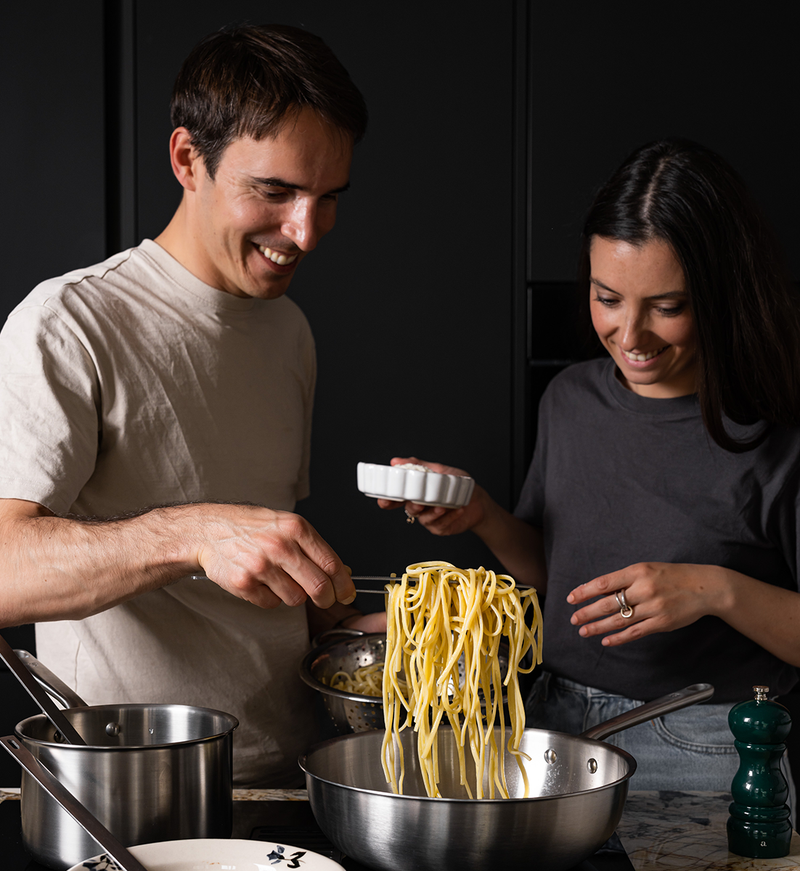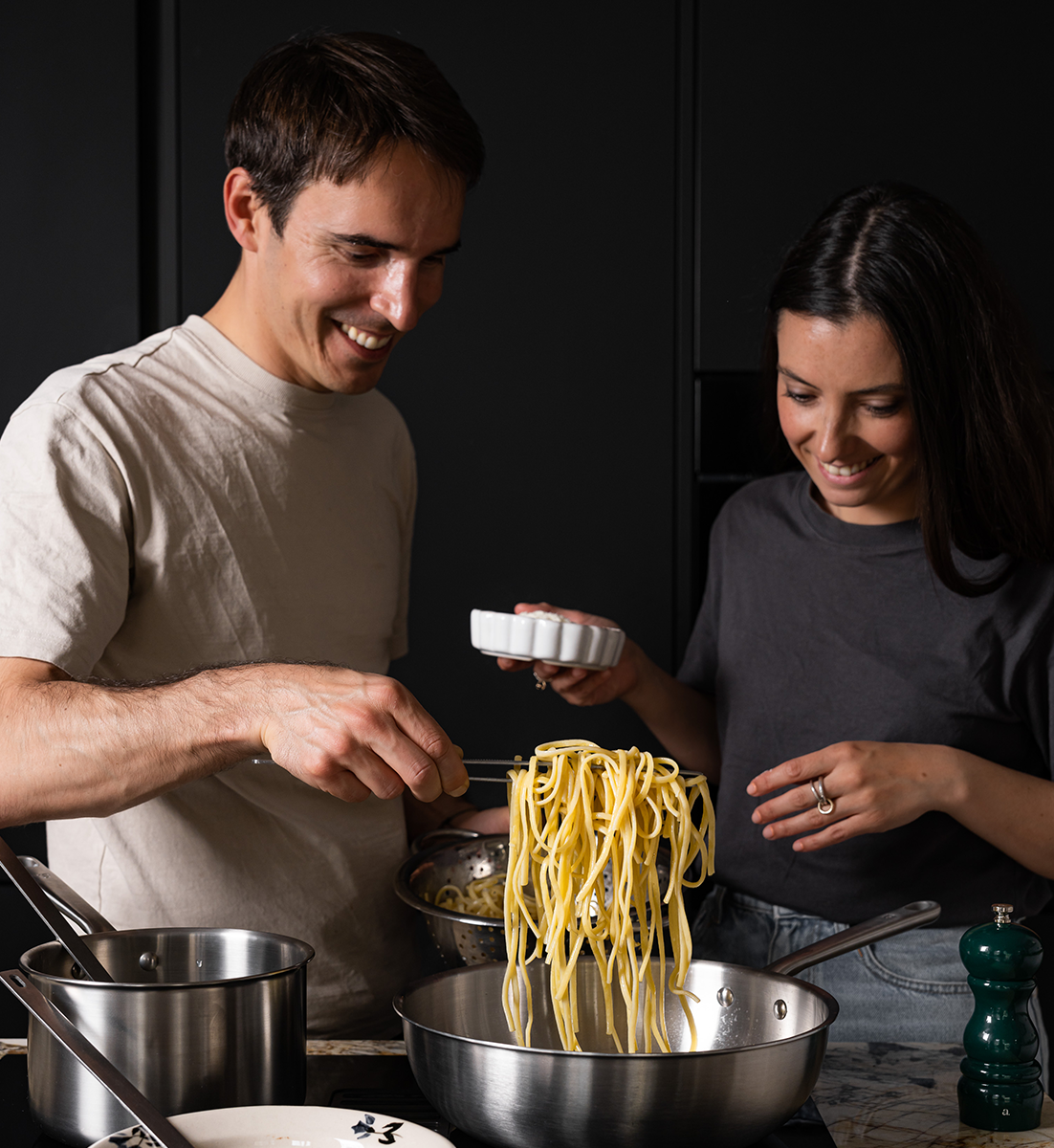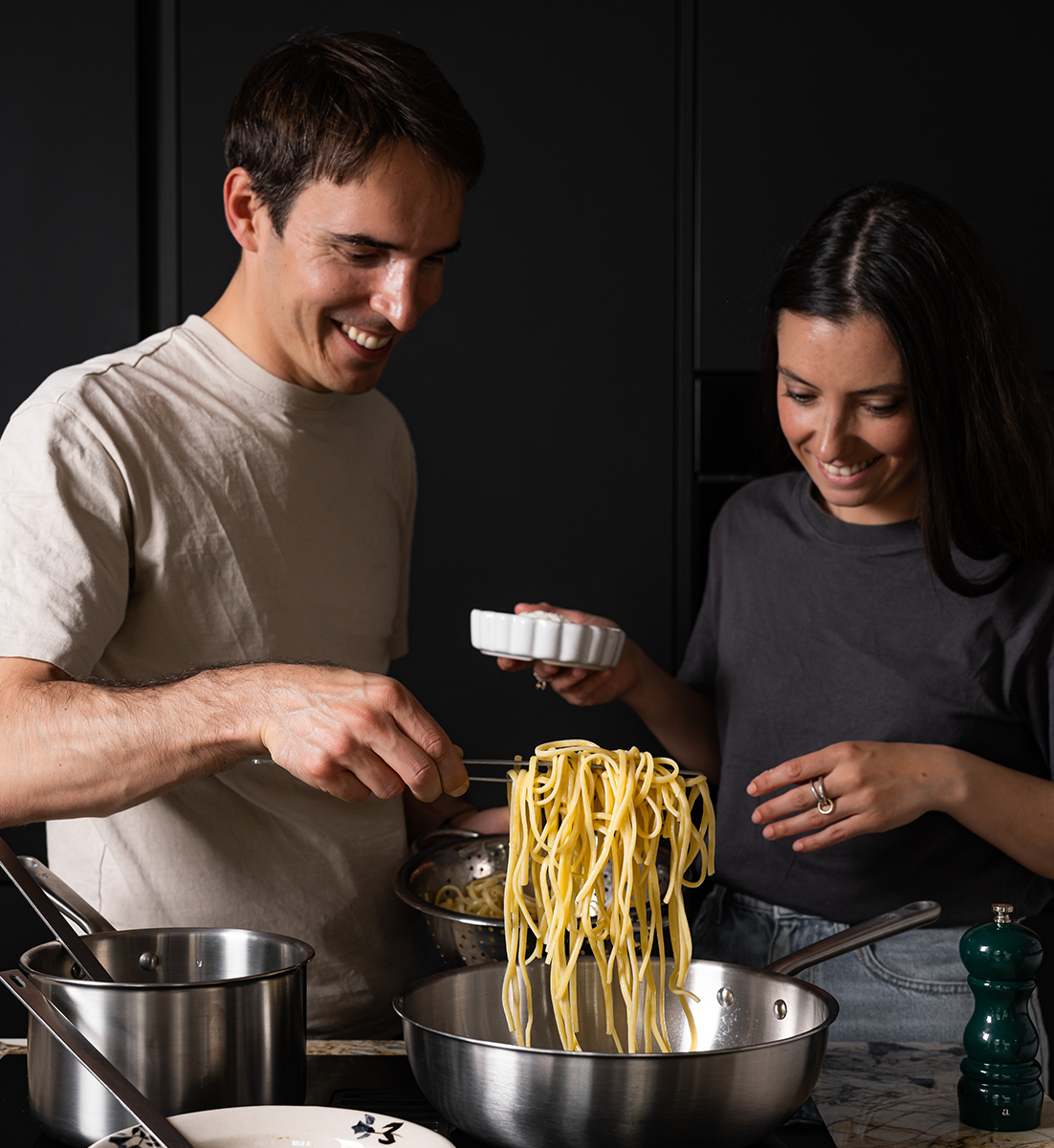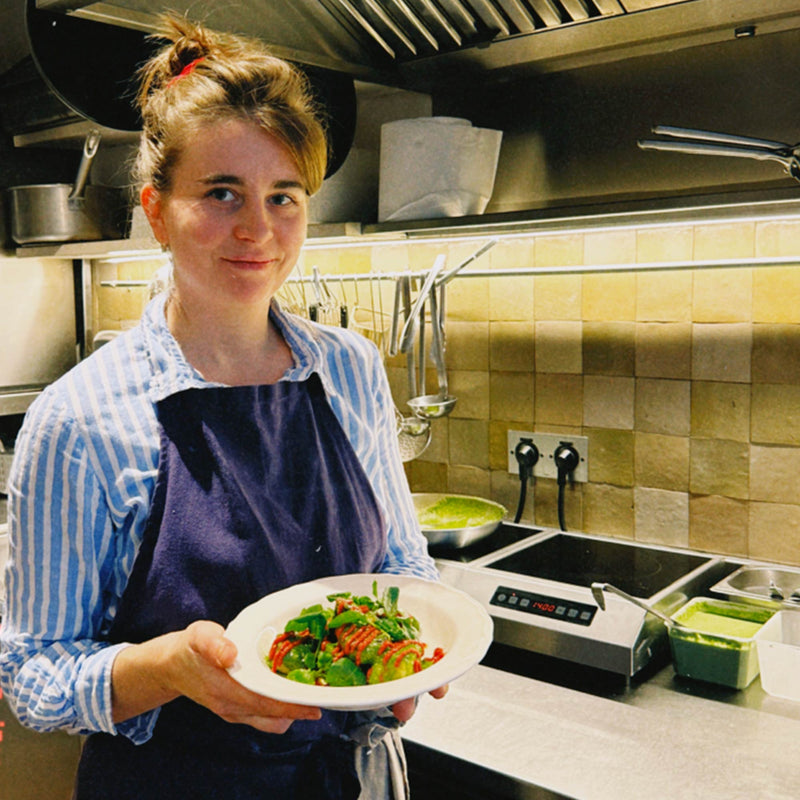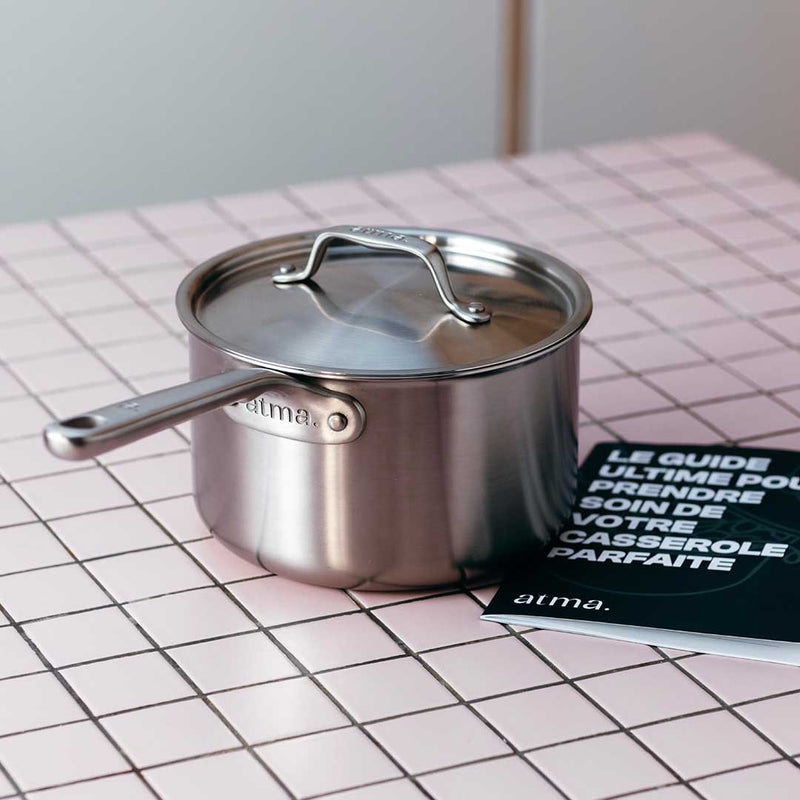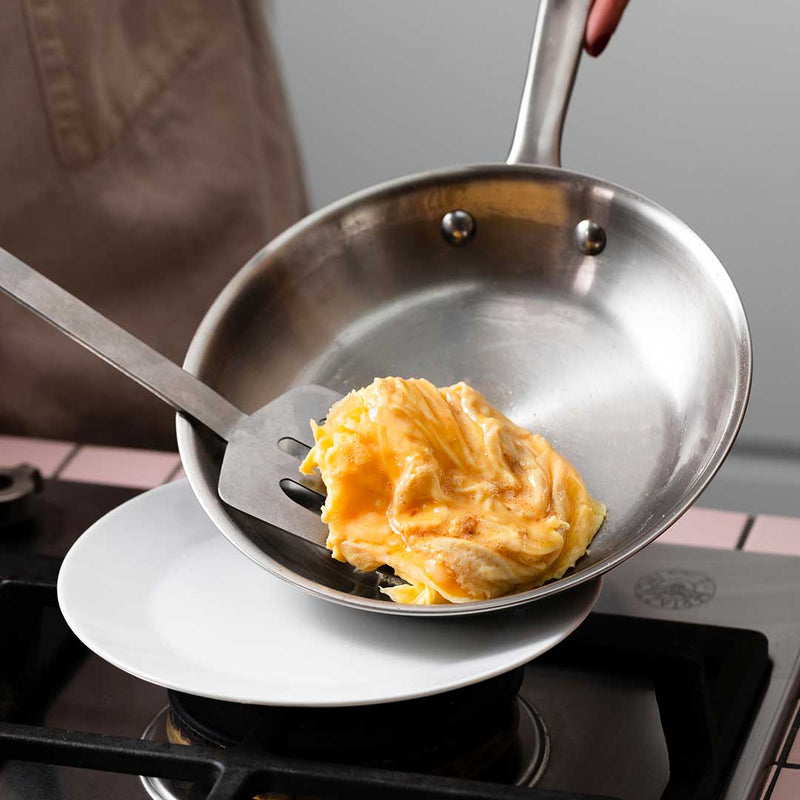Is a burnt stainless steel pan toxic?
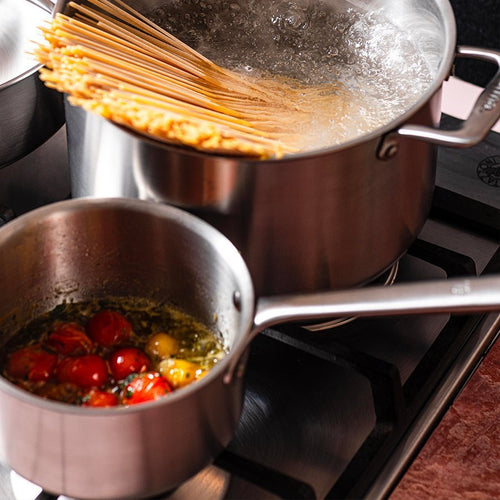
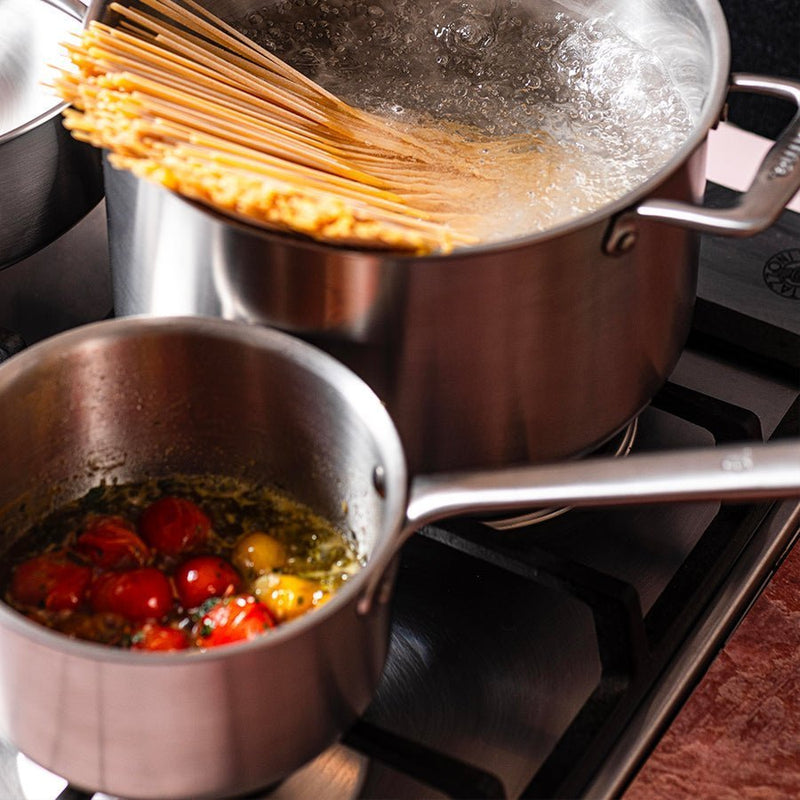
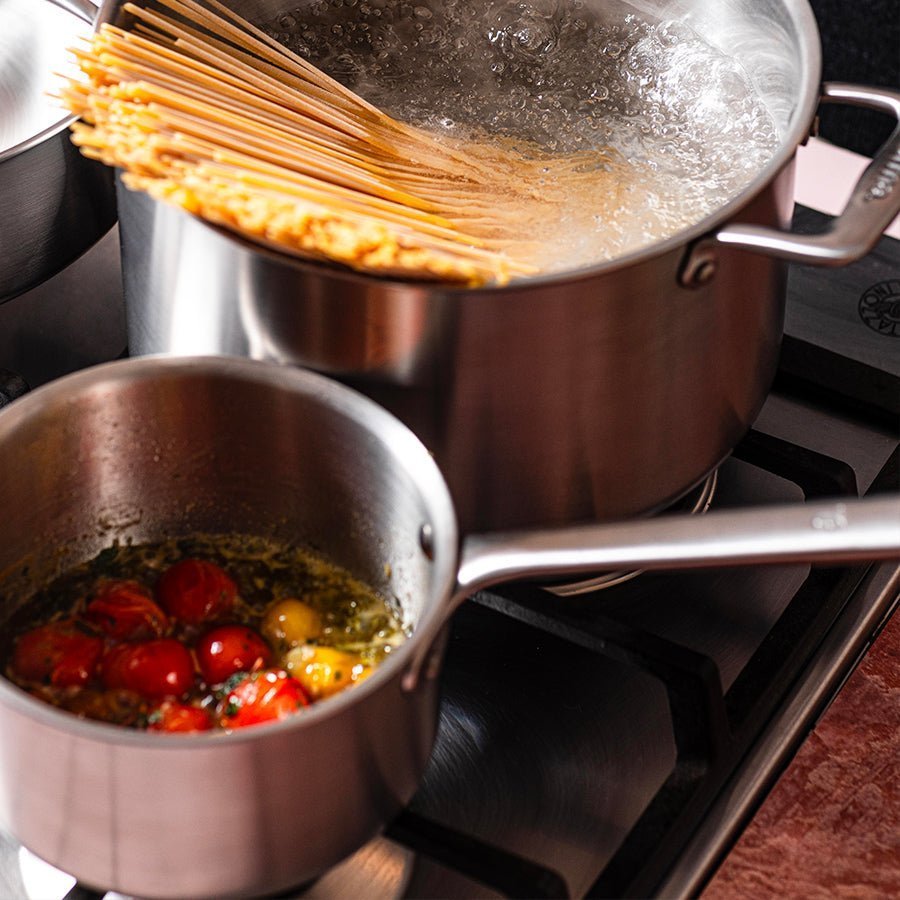
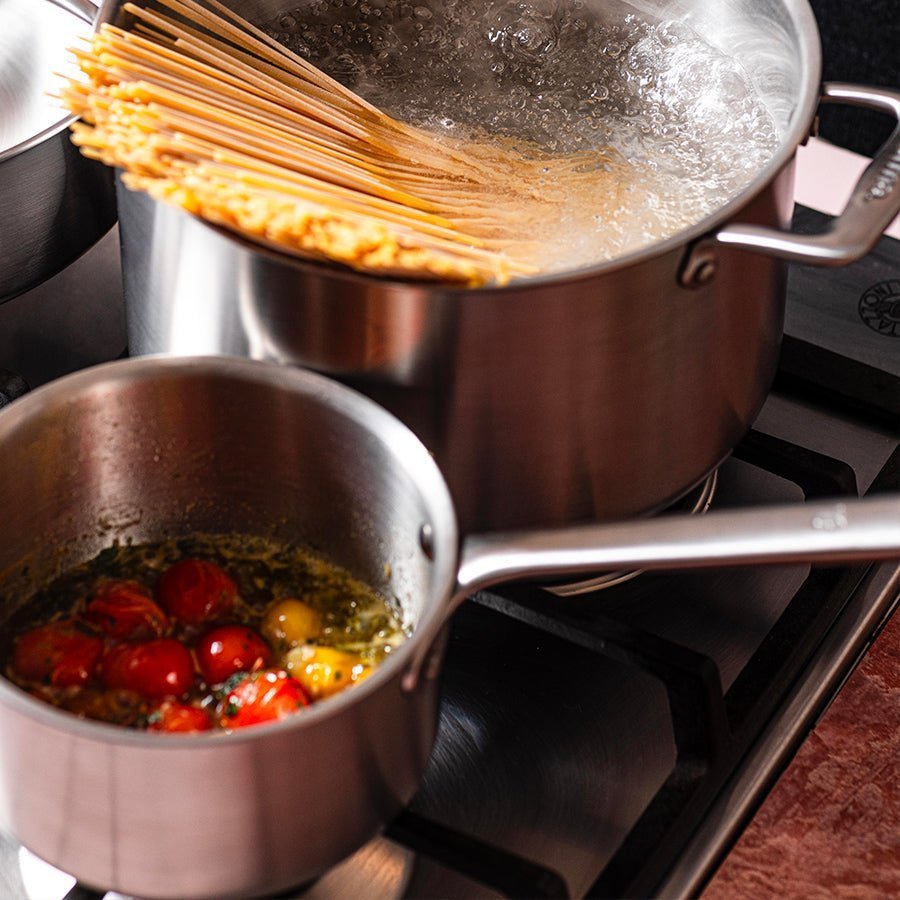




Atma Kitchenware explains whether burnt pans are dangerous and how to clean them effectively.
As you now know, the stainless steel saucepan is a must-have in our kitchens due to its many properties. Despite these advantages, this precious utensil can be damaged by overcooking or leaving it on the stovetop. But what happens when a stainless steel pan gets burnt? Is it dangerous for your health? And how do you clean a burnt pan without turning it into an abstract decorative object?
How do you clean a burnt stainless steel pan?
This is a question everyone asks themselves at some point. Did you leave your pan on the stove for a little too long and now it's in terrible shape? Don't panic! Here are some tips to restore its shine.
-
Baking soda and white vinegar: A winning combination. Boil water with white vinegar in the pan, then add baking soda. Let it sit for a few minutes before scrubbing with a soft sponge.
-
Coca-Cola: Surprising, but effective. Pour this soda into the burnt pan and let it sit for a few hours. The burnt-on deposit will come off more easily.
-
Soda crystals: Add some to hot water and let the pan soak. Then scrub with a non-abrasive sponge.
-
Salt: A simple solution that works. Sprinkle salt into the bottom of the damp pan, let it sit, then scrub gently.
When to throw away a stainless steel pan?
Let's put aside for a moment the trio of perfect pans Atma Kitchenware which come with a lifetime warranty. Yes, you read that right! Stainless steel cookware is known for its durability, but that doesn't mean it's immortal. There are several signs that may indicate it's time to say goodbye to your pan:
-
Deep scratches: If your stainless steel pan is significantly scratched, this can affect food cooking and promote the buildup of residue, which can pose hygiene problems.
-
Irreversibly burnt pan: If, despite all cleaning attempts, the burnt residue remains, this can affect future cooking.
-
Heated while empty: A stainless steel pan heated while empty can turn black and lose its thermal efficiency. If it no longer diffuses heat properly, it's best to replace it.
Can you leave food in a stainless steel casserole dish?
Good news! You can definitely leave food in a stainless steel casserole dish without worrying about your health. Stainless steel, especially the famous 18/10 stainless steel, is a stable material that doesn't interact with food, even acidic ones. That said, to prevent your food from sticking or spoiling, it's best not to leave it in a humid environment for too long. A quick rinse with clean water after use is recommended to extend the life of your cookware.
Is a burnt stainless steel pan toxic?
Burned stainless steel isn't necessarily toxic. However, if it happens to you, be sure to clean the surface thoroughly after any prolonged cooking. Burnt deposits can affect the quality of your dishes. Repeatedly burnt pans can cause their coating to deteriorate, making cleaning increasingly difficult. Please note that 18/10 stainless steel, composed of 18% chromium and 10% nickel, is an alloy that remains safe as long as it is not too damaged.
Be careful, too deep scratches or damage caused by repeated overheating can release aluminum particles (present in some layers of multi-ply pans), which could pose a problem over the long term. If your pan is scratched, it may be time to replace it.
Why are my stainless steel pans turning black?
The blackening of stainless steel, especially after being heated while empty, is generally due to a reaction between the metal surface and the heat. This can cause more or less stubborn stains, but it's not dangerous for your health. To avoid this, never heat an empty pan. If it does happen, here's a tip to freshen up your stainless steel: make a paste with citric acid and water, and gently rub the blackened areas.
Are aluminum pans toxic?
Aluminum pans can be problematic if they're not properly coated. Bare aluminum, when in contact with acidic foods (such as tomatoes or lemon), can react and release particles into the food. Fortunately, many aluminum pans today have a non-stick or anodized coating, which limits these risks. If you have aluminum utensils, make sure their coating remains intact.
How to avoid damaging your stainless steel pans?
Here are some tips to extend the life of your stainless steel pans and avoid unpleasant surprises:
-
Never heat empty: stainless steel does not tolerate overheating without liquid.
-
Use wooden, silicone, or ceramic utensils: this prevents scratching the surface.
-
Wash promptly after use: the longer you wait, the more residue become encrusted.
-
Avoid the dishwasher for very high-end stainless steel pans, even if they are often dishwasher-safe. Hand washing preserves their shine.
Stainless steel and health: is there a danger?
18/10 stainless steel is one of the safest materials for cooking. It contains neither PTFE (a compound of Teflon) nor PFOA, substances controversial for their impact on health. Stainless steel does not interact with food, even at high temperatures. However, if the pan has deep scratches or has been damaged by cooking without it, we recommend checking whether it still works properly and considering replacing it.
How to clean a stainless steel pan burned with Coke?
Coca-Cola is surprisingly effective at dissolving burnt stains! Simply pour some Coke into the pan, let it sit for several hours (or even overnight), then scrub with a soft sponge and a little Marseille soap. This dissolves the residue impressively. Afterward, a simple rinse with clean water will restore your pan's shine.
Stainless steel pans are essential in the kitchen, but they require a little care to avoid problems. If you follow a few simple rules, they will last a long time without any problems. A quick reminder: never heat empty, use suitable utensils, and clean your pans after each use. Finally, remember that even burnt stainless steel isn't toxic in itself, but proper maintenance is key to ensuring healthy and efficient cooking. This applies to saucepans, but also to stainless steel Dutch ovens and skillets.
Discover our best sellers
By Carla Chassagne
























